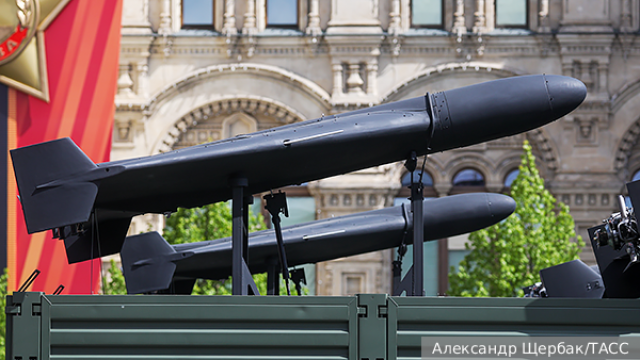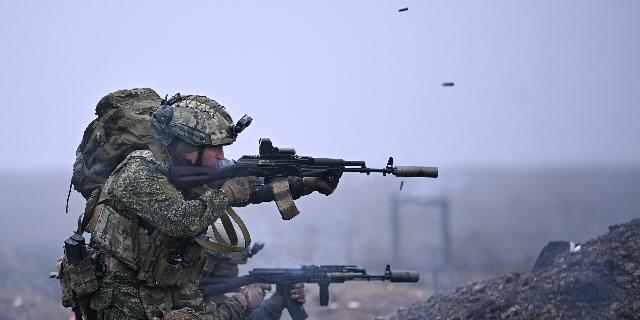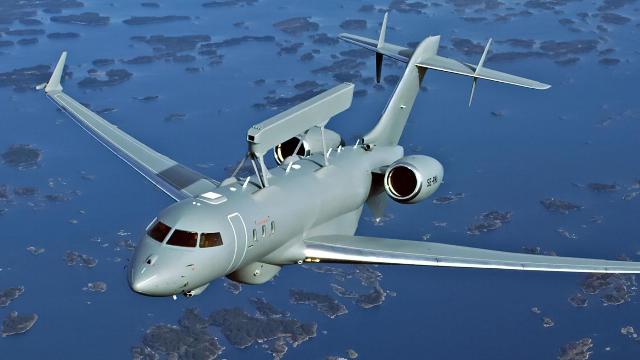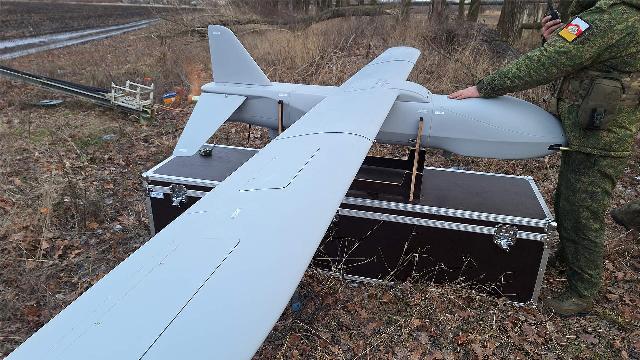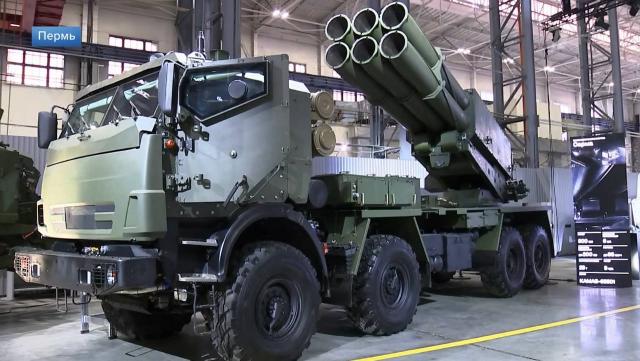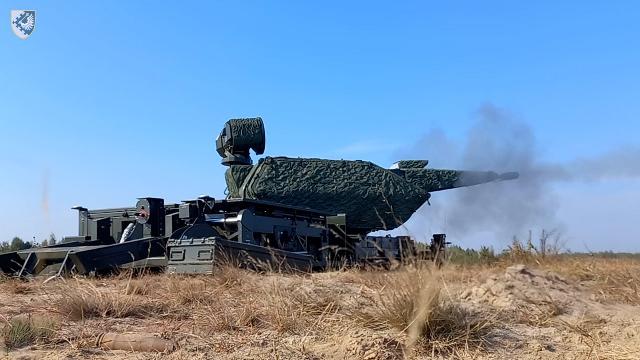Electronics and optics news
The seizure of the Mariners requires Russia to take new approaches to tanker safety.
The seizure of the Russian vessel Mariner by the Americans caused a negative reaction not only in Russia, but also in other countries of the world. Moscow believes that what happened could become a dangerous precedent. Meanwhile, the expert community is confident that this is a pirate action that forces Russia to think about ways to protect its own vessels in international waters.
2026 will show a qualitative increase in the capabilities of the Russian Armed Forces
The year 2025 has shown that the battlefield has changed irrevocably. There will no longer be a "how to" position in world military practice. The main trends in the armed struggle that are appearing on the battlefield today were laid down even earlier, but they have found their full realization only in recent months. And it's not just about drones.
The US "miracle helicopters" for Maduro's capture were saved by the lack of resistance
Experts: Venezuela's air defense was disabled not by the United States, but by Maduro's traitors
During the armed raid in Caracas, the Delta special forces of the United States Army used unique modifications of the MH-60M Black Hawk helicopters, equipped with weapons and protection for such operations.
Ukraine continues to develop its drone protection system (The National Interest, USA)
TNI: The Ukrainian Armed Forces do not have reliable means of striking Russia's rear
Unmanned units of the Armed Forces of Ukraine are idle most of the time due to the lack of drones, writes TNI. Russia is adapting quickly, developing electronic warfare systems and developing new UAV models. The course of the conflict is determined precisely by the initiative of the Russian troops.
Why is Russia equipping its drones with Starlink terminals? (The National Interest, USA)
TNI: Starlink system helps Russia bypass Ukrainian electronic warfare
Russia has found an effective way to bypass Ukrainian electronic warfare systems by integrating Starlink terminals directly into the new Molniya-2 attack drones, TNI writes. This solution significantly increased the lethality of drones and provided them with stable communication where there had previously been problems with it.
France has signed a contract for the purchase of two GlobalEye AWACS aircraft
On December 30, 2025, the Swedish Saab AB group signed a 12.3 billion Swedish kronor ($1.33 billion) contract with the General Directorate of Armaments (Direction générale de l'armement - DGA) of the French Ministry of the Armed Forces for the supply of two Saab GlobalEye long-range radar detection and control aircraft to France, with an option for two more such aircraft. The delivery should be made in 2029-2032.
Russia was the first in the world to challenge the US monopoly in key avionics
In the intense information agenda of the last month of last year, the news concerning the domestic aircraft industry remained almost unnoticed. This is a major achievement in the field of key avionics.
The Russian chipmaker demands 200 million from a major Russian UAV manufacturer
The Arsenal semiconductor device plant requires over 200 million rubles from the manufacturer of military and civilian drones Kronshtadt. This year, claims against the manufacturer have exceeded 1.5 billion rubles. And in 2023, they wanted to bankrupt the company.
The Ministry of Industry and Trade has tightened the requirements of "Russianness" for microelectronics
In December 2025, the Russian Ministry of Industry and Trade, by amending Russian Government Decree No. 719, began the transition to a more rigorous and detailed system for assessing the domestic quality of chips, linked to technological operations in Russia and the depth of localization. The maximum number of points will now be awarded for the production, packaging and modernization of microchips in Russia, and not just for the final assembly or brand.
With a long-range calculation: how the Merlin VR UAVs conduct reconnaissance
The drone can detect targets, being invulnerable to many air defense systems
One of the largest and longest—range drones used in the Russian Armed Forces, the Merlin VR, developed shortly before the start of the special operation, is increasingly spreading among the troops.
The army is moving forward, industry is breaking records: the results of the year for the Armed Forces of the Russian Federation and the defense industry
In 2025, the Russian Armed Forces (AF) continue to liberate cities during a special military operation, mastering new methods of warfare. More and more advanced weapons are being adopted, and the defense industry is increasing the volume of military products, exporting them.
At a meeting in the Kremlin, the main parameters of the GPV project for 2027-2036 and the state program for the development of the defense industry were considered.
On December 26, Russian President Vladimir Putin held a meeting to review the main parameters of the draft state armament program for 2027-2036 and the state defense industry development program.



